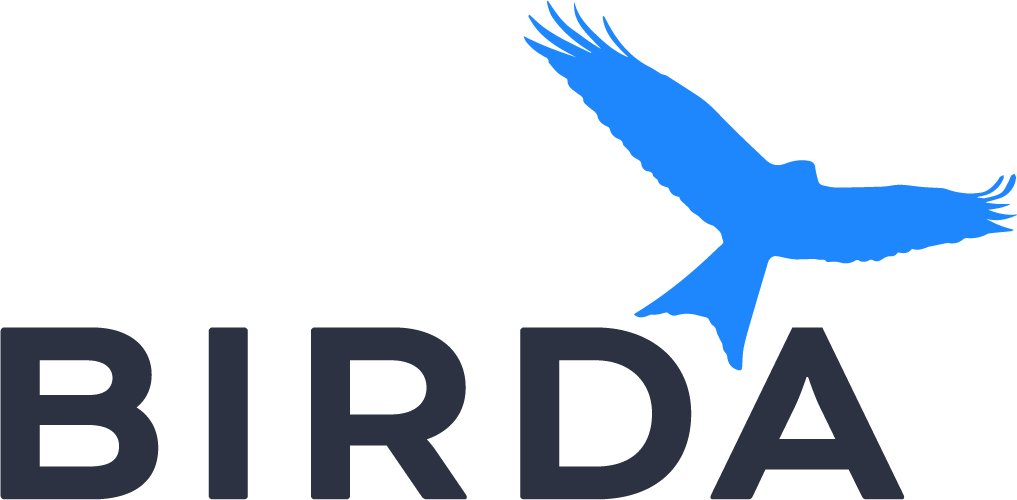
Lappet-faced Vulture
Torgos tracheliotos
The lappet-faced vulture, or Nubian vulture (Torgos tracheliotos), stands as a formidable presence in the avian world. This Old World vulture, the sole representative of the genus Torgos, is distinguished by its impressive size and wingspan, making it the longest and largest winged vulture within its range. It is not to be confused with the New World vultures, as it lacks their keen sense of smell and is not closely related.
Identification Tips
With a body length of 95–115 cm and a wingspan stretching 2.5–2.9 meters, the lappet-faced vulture is a sight to behold. Its bill is one of the largest among the accipitrids, and its bald head varies in color from reddish to dull pink or a combination of pink and gray, depending on the region. The species exhibits blackish upper parts with white thigh feathers, and the underparts can range from white to buff-brown. The fleshy folds on the sides of its head are distinctive, and in flight, its large, broad wings with slightly pointed, serrated-looking wingtips are unmistakable.
Habitat
The lappet-faced vulture favors arid environments such as dry savannahs, thornbush, deserts with scattered trees, and open mountain slopes. It thrives in undisturbed open country with minimal grass cover and can be found from sea level up to 4,500 meters in elevation.
Distribution
This species is patchily distributed across much of Africa and the Arabian Peninsula. It breeds in a wide range of countries, from Senegal to South Africa, and across to Yemen and Saudi Arabia on the Arabian Peninsula. It is also present in several other African nations, with occasional vagrant sightings as far afield as Kuwait.
Behaviour
Lappet-faced vultures are generally solitary, nesting in small numbers and maintaining large home ranges. They may congregate at large carcasses or watering holes, but typically in small groups. These vultures are dominant at carcasses, often allowing other vultures to feed only after they have had their fill.
Feeding
As scavengers, lappet-faced vultures primarily feed on carrion, which they locate by sight or by following other vultures. They are capable of tearing through tough hides and muscles, allowing access to food sources that other vultures cannot exploit. Occasionally, they may feed on freshly killed animals or even hunt live prey, particularly when other food sources are scarce.
Breeding
The breeding season varies by region, with nests constructed in the forks of large trees. The nests are large structures made of sticks and lined with green leaves, animal hair, and skins. Clutches typically contain one or two eggs, with both parents sharing incubation duties. Fledging occurs after 124 to 135 days, with juveniles remaining dependent on their parents for up to a year.
Similar Species
The lappet-faced vulture can be confused with the similarly marked hooded vulture at a distance, but it is significantly larger with a more robust bill. The Gyps vultures are generally paler and lack the lappet-faced vulture's white lining on the wings. The cinereous vulture, which may share its range in the Arabian area, is all dark with no contrasting plumage.
Diet and Feeding
Lappet-faced vultures have a varied diet that includes carrion of large mammals, such as elephants, and occasionally live prey. They are known to consume the tougher parts of carcasses, such as skin and tendons, that other vultures leave behind.
Conservation Status
The lappet-faced vulture is currently classified as Endangered by the IUCN. Its population has experienced a significant decline due to habitat destruction, disturbances at nesting sites, ingestion of pesticides, and direct persecution. Conservation efforts are critical to prevent further declines and ensure the survival of this majestic species.



































































